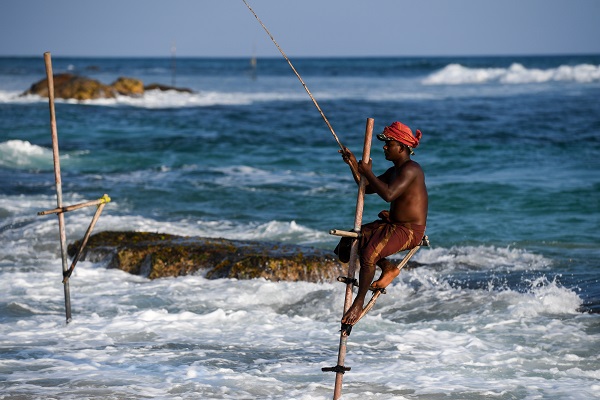Colombo, Sri Lanka, the Indian Ocean island known for its pristine beaches and sprawling tea plantations, has recorded a drastic slump in tourist numbers in 2019 after the Easter Sunday bombings that killed over 250 people.
The significant drop in tourist activity is one of the myriad consequences of the April 21, 2019 terrorist attacks on three luxury hotels and as many Catholic churches in Sri Lanka, reports Efe news.
According to official data, around 40 of the victims and 19 injured persons were foreign visitors from different countries, including India, China, Denmark, Spain and the UK.
The Sri Lankan Ministry of Tourism said that the number of tourist arrivals dropped by 70 per cent after the attack, going from 166,975 tourists to 37,802 between April and May.
In 2019, around 1.9 million people visited the island, with the majority of the visits taking place before the attacks, during the first four months of the year.
According to the Sri Lanka Tourism Development Authority (SLTDA), the top markets were India, the UK, China, Germany and Australia.
But experts have said that even the SLTDA data does not reflect the complete picture of the economic losses to the sector, key to Sri Lanka’s economy, in 2019 compared to the previous year.
“When we compare with 2018, 2019 recorded a drastic drop. Even today we had tourist cancellations for the month of February,” Roshi Stronach, director Sales and Marketing at Lion Royal Resorts, told Efe new son Tuesday.
Since the attacks in April, which targeted three of the most upscale hotels in the country, hotel chains have had to engage in a tariff war to compete in a crashing market.
Five-star accommodations are being offered at three-star tariffs in a desperate attempt to attract visitors, which in turn chokes the medium and low-range sector, Stronach said.
Rooms originally priced at $420 per night in one of the most luxurious hotels of the country, was currently being offered at around $100 with breakfast included, a tactic which is pressurizing lower-category establishments to offer rooms at around half of this price due to an evident lack of tourists.
Former SLTDA director-general and industry veteran Upali Ratnayake concurred that the data released by the authority about the number of visits did not offer the complete information about the situation.
He said clearer data was needed to understand the industry-wide slump, and why the arrival numbers did not convert to revenue or income for the sector.
Responding to the downturn, Sri Lankan President Gotabaya Rajapaksa has ordered the launch of a promotional plan for the country which plans a recovery within the next five years.
“Every step has to have immediate results. I am prepared to take the decisions that need to be taken for the country without fear,” he said.
Rajapaksa has set a target of generating revenues worth $10 billion through tourism by 2025, a goal that seems quite ambitious at the moment, even as Colombo’s beaches lie vacant.







